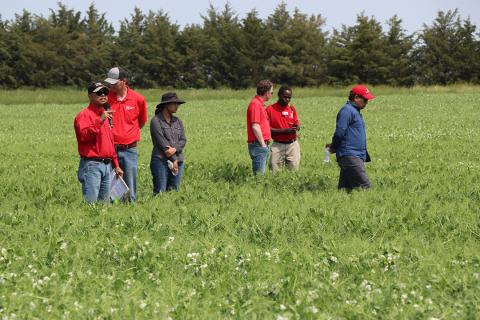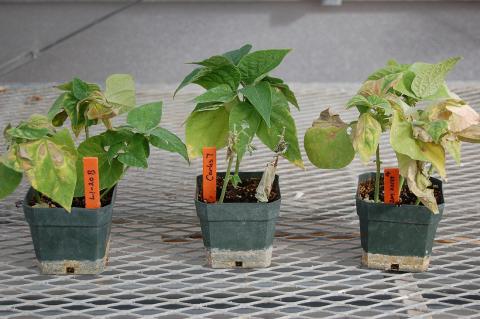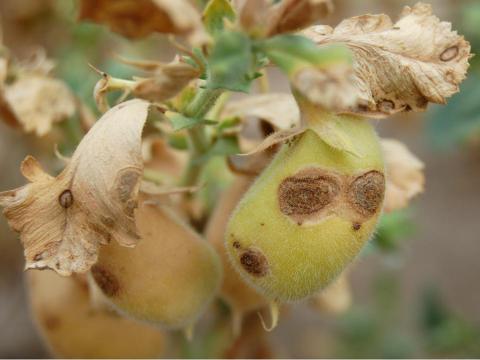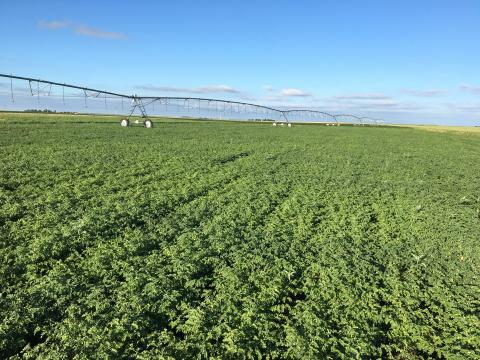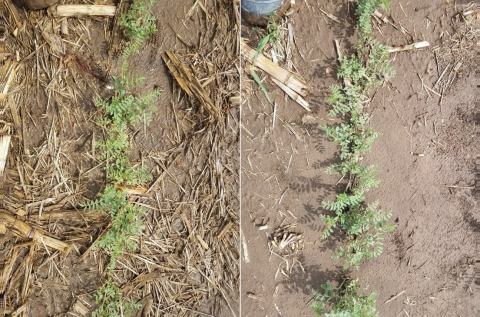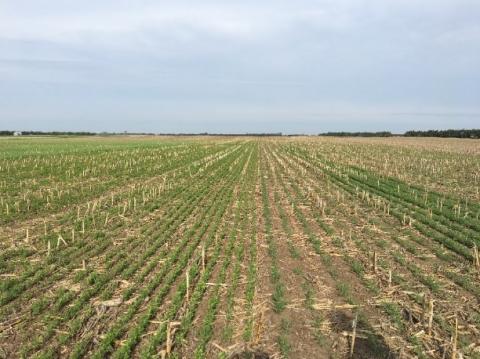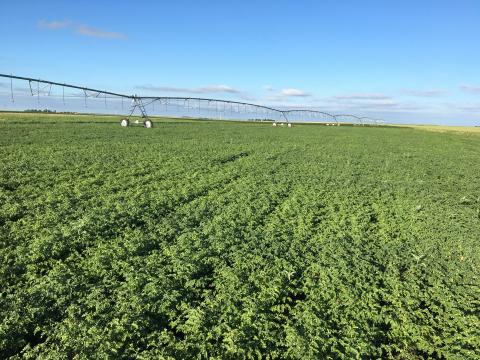Nebraska Pulse Crops Conference Scheduled at Two Locations
September 19, 2023
The conference will cover a wide range of agronomic topics for field peas, chickpeas, black-eyed peas and other pulses, including management of nutrients and diseases, genetics, crop insurance, policy and more.
Identifying and Characterizing Bacterial Isolates from the Stratosphere
May 4, 2023
Panhandle researchers were recently awarded USDA specialty crop block grants to study new copper alternative chemical products on fungal and bacterial diseases of dry beans, cowpeas, chickpeas and dry peas.
New Chickpea Disease Study Will Begin in 2021
January 29, 2021
With chickpea demand on the rise, UNL researchers are digging into a fungal disease issue that has long-prevented the crop's commercial growth in Nebraska.
Update: Yield and Water Use of Field Peas and Chickpeas Under Irrigation
November 7, 2019
Research in southwest Nebraska looks at potential water savings from adding field peas and chickpeas in corn-soybean rotations where irrigation water is limited. Both pea crops efficiently used early-season precipitation for good yields.
Yield and Water Use of Field Peas and Chickpeas Under Irrigation
November 7, 2019
In southwest Nebraska, irrigating corn and soybeans with limited water is challenging due to typically dry weather conditions and high crop water use (i.e., evapotranspiration or ET) in July and August.
Field Pea and Chickpea Germination and Yield as Affected by Tillage
October 17, 2019
Research conducted with field peas and chickpeas near Grant found that yield increased slightly with the use of tillage; however, tillage was not recommended for dryland and semi-arid conditions.
Study of Wheat Behind Field Peas, Chickpeas, Soybeans and Fallow
October 4, 2019
Field demonstration plots near Grant compare water availability, crop water use efficiency, yield, and other factors when wheat is planted after fallow, field peas, chickpeas, and soybeans.
Yield and Water Use of Field Peas and Chickpeas Under Irrigation
March 21, 2019
This study, conducted in southwest Nebraska, investigated the feasibility of field pea and chickpea production under irrigation and evaluated their potential for water conservation in irrigated cropping systems.
